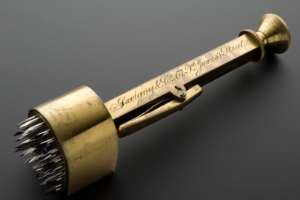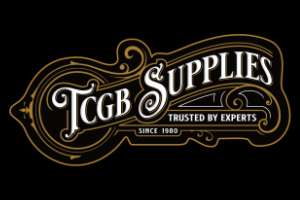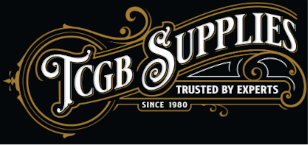
Brass instrument for "branding", deserters with a letter "D", in leather covered case, by Savigny and Co., London,
Science Museum Group Collection © The Board of Trustees of the Science Museum
Before the tattooing of the letter "D" for deserter and "BC" for soldiers with bad character –
The British army used to brand the letters onto the men – but in 1717 this practice was abolished and pricking (tattooing) took its place.
Later in 1829 the act of branding people for a civil offence also ended in Britain and again tattooing was used to mark offenders – In 1851 the British government issued the order that no longer would the tattooing of (bad) soldiers be carried out by an army Drum-Major or Bugle-Major and that a regimental surgeon should tattoo the letters instead. This caused such a public outcry, that it led to the banning of all body markings as punishments in Britain in 1871. Indeed in the ‘Dorset Regiment Museum’ of Dorchester, England in 1966 there was a brass tattoo instrument that was used by the Army for this purpose of body making – which had to be done whist on parade – and on the left hand side of the disgraced soldiers body.
Copyright…Paul Sayce
Posted 9th April 2010


